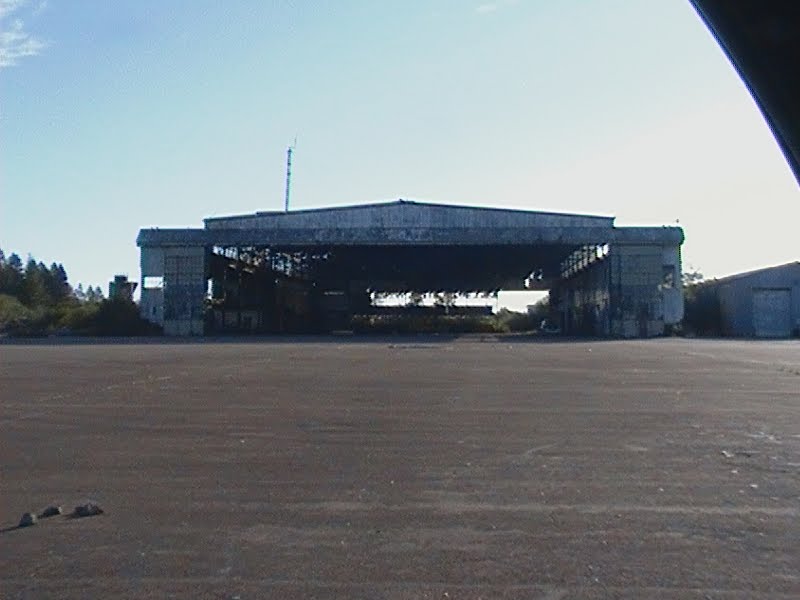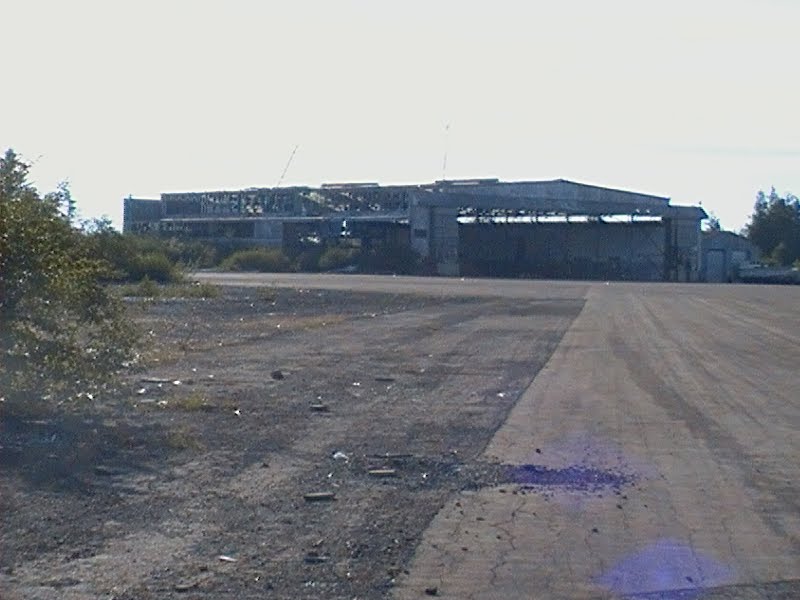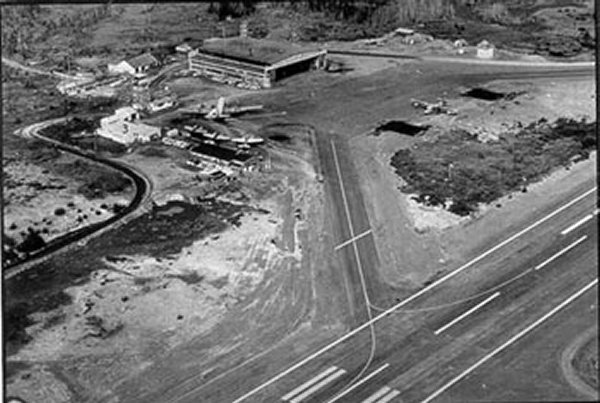- City:
- Annette Island, AK
- Site Type:
- Infrastructure and Utilities, Airports
- New Deal Agencies:
- Civilian Conservation Corps (CCC), Work Relief Programs
- Completed:
- 1941
- Quality of Information:
- Very Good
- Site Survival:
- Extant
Description
In August 1940, two Civilian Conservation Corps (CCC) companies started work on the Army’s Annette Island airfield in Alaska. The Army Corps of Engineers, under the command of Major George J. Nold continued the work on the airfield through the winter of 1941-1942.
In a piece on the connections between the CCC and the military in Alaska, W. Conner Soresen describes the development of the airfield: “The project apparently was conceived in response to a suggestion… that the Alaska CCC undertake a specific defense-related project. The armed forces in Alaska wanted to improve air service between the states and Alaska. In order to shift from amphibious planes to larger and faster wheeled aircraft they needed a runway and refueling station between air bases in Seattle and Anchorage. Annette Island, a flat, boggy island of about ten square miles, located twenty-five miles south of Ketchikan, was chosen as the site of a ten-thousand-foot runway and refueling station.
[…] In August 1940, a twenty-man CCC crew from Ketchikan prepared quarters on Annette for the advance crew of army engineers. The main body of CCC enrollees and army engineers [400 of each] arrived on the army transport “Leonard Wood” later that month. The Ward Lake CCC camp outside Ketchikan served as one of the staging areas for the CCC and engineer troops, their one hundred trucks, five thousand tons of cargo, and one hundred prefabricated houses bound for Annette Island. Construction on the island involved the erection of a camp to accommodate twelve hundred men (four hundred additional engineers came later), and the construction of a five-mile truck road to haul rock from a quarry, as well as a pipeline (partly below sea level) to bring water to the camp. Bogs and lakes were filled with rock to provide a solid base for the runway itself. The Annette Island base was completed within a year. The first plane landed on a not-quite-complete runway in September 1941.”
Source notes
Annette Island Airport Wikipedia Page, accessed on June 7, 2017. Murray Lundberg, Annette Island, Alaska in World War II, accessed on June 7, 2017. U.S. Dept. of Agriculture, Forest Service, Forests and People: Report of the Chief of the Forest Service, 1941, Washington, DC: U.S. Government Printing Office, 1942, pp. 25-26. W. Conner Soresen, "The Civilian Conservation Corps in Alaska (1933-1942) and Military Preparedness," in Chandonnet, Fern, ed. Alaska at War, 1941-1945: The Forgotten War Remembered. University of Alaska Press, 2007, p. 238-239.Site originally submitted by Brent McKee on June 7, 2017.
Contribute to this Site
We welcome contributions of additional information on any New Deal site.
Submit More Information or Photographs for this New Deal Site




The FIRST airport I landed as a 14 year old boy (1969) flying to Ketchikan.
Landed from Seattle on a Western Airlines Boeing 720, then transfer to a G-21A Grumman goose, thus begins my aviation love and subsequent lifelong career.